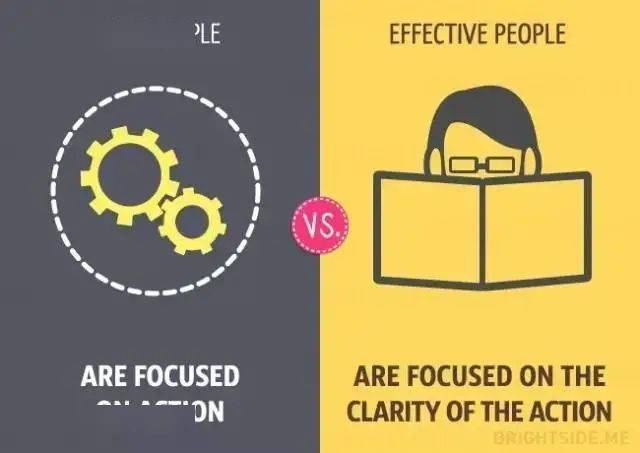Understanding the Difference Between Investment and Loan: A Comprehensive Guide to Financial Strategies
#### Difference Between Investment and LoanWhen navigating the complex world of finance, it is essential to grasp the fundamental distinctions between two c……
#### Difference Between Investment and Loan
When navigating the complex world of finance, it is essential to grasp the fundamental distinctions between two critical concepts: **investment** and **loan**. Both play pivotal roles in personal and business finance, yet they serve different purposes and come with unique implications.
#### What is an Investment?
An investment refers to the allocation of resources, typically money, into various assets with the expectation of generating a return or profit over time. Investments can take many forms, including stocks, bonds, real estate, mutual funds, and more. The primary goal of investing is to grow wealth by taking advantage of the potential appreciation of assets or earning income through dividends or interest.
Investments are generally considered long-term commitments. Investors often endure market fluctuations, understanding that while the value of their investments may vary in the short term, they have the potential to yield significant returns over the years. Moreover, investments carry a degree of risk; the higher the potential return, the greater the risk involved. Therefore, successful investing often requires research, patience, and a well-thought-out strategy.

#### What is a Loan?
In contrast, a loan is a sum of money borrowed from a lender, which must be repaid over time, usually with interest. Loans can be secured (backed by collateral) or unsecured (not backed by collateral). Common types of loans include personal loans, mortgages, auto loans, and business loans. The primary purpose of a loan is to provide immediate access to funds that can be used for various needs, such as purchasing a home, financing a vehicle, or funding a business venture.
Loans typically come with specific terms, including interest rates, repayment schedules, and potential fees. Borrowers are obligated to repay the loan amount, along with any accrued interest, according to the agreed-upon terms. Unlike investments, loans are not intended to generate profit; instead, they are a means to access capital when necessary.
#### Key Differences Between Investment and Loan

1. **Purpose**: The primary purpose of an investment is to grow wealth over time, while a loan is intended to provide immediate access to funds that need to be repaid.
2. **Risk and Return**: Investments carry varying degrees of risk, with the potential for high returns. Loans, on the other hand, involve a fixed repayment plan and are typically considered lower risk for the lender.
3. **Time Horizon**: Investments are generally long-term, aiming for appreciation over several years. Loans have a defined repayment period, often ranging from a few months to several years.
4. **Ownership**: When you invest, you acquire ownership or a stake in an asset. In contrast, a loan does not confer ownership; it is a debt obligation that must be repaid.

5. **Income Generation**: Investments can generate income through dividends, interest, or capital gains. Loans do not generate income but require regular payments to the lender.
#### Conclusion
Understanding the **difference between investment and loan** is crucial for making informed financial decisions. Whether you are looking to grow your wealth through investments or seeking a loan to finance a significant purchase, recognizing the nuances of each option will enable you to tailor your financial strategies effectively. By weighing the risks and benefits associated with both investments and loans, individuals and businesses can navigate their financial journeys with greater confidence and clarity.